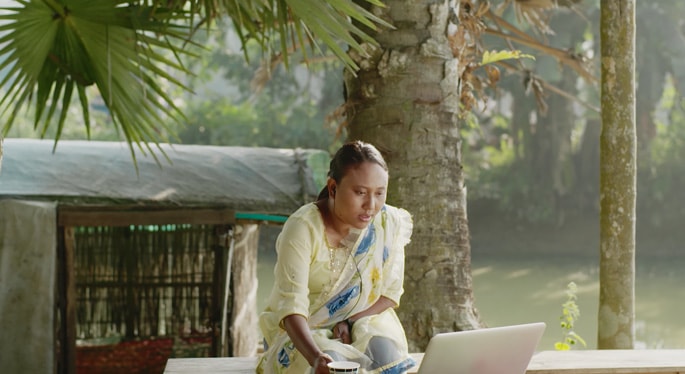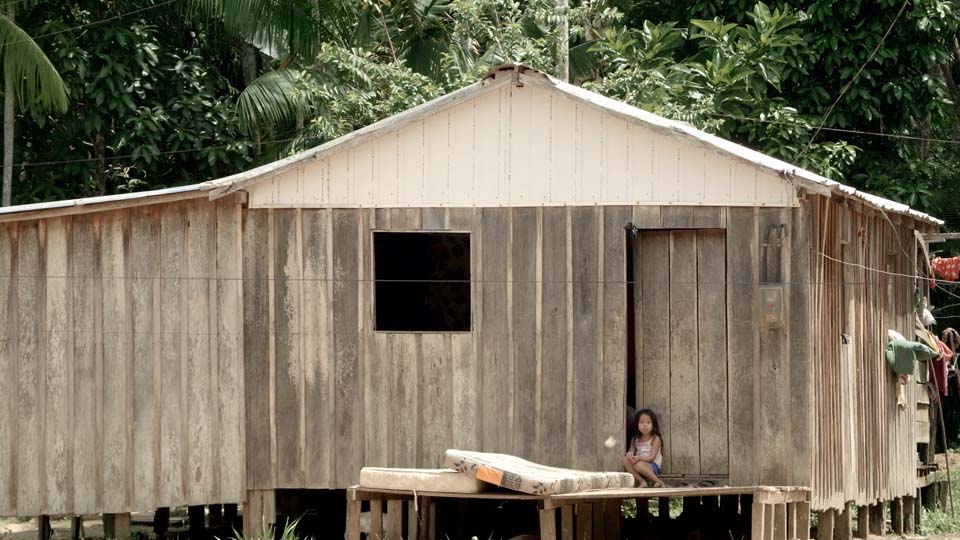Argentina’s River Plate stadium gets a major network upgrade
[Posted August 2023] You might think that boosting a stadium’s seating capacity by 20% to around 86,000 might make it easier to secure some tickets. But that’s very unlikely to happen at Estadio Más Monumental, home ground of Argentina’s most famed soccer team, CA River Plate. Historically, seats at River Plate Stadium have always sold out, and an ongoing upgrade to the facilities is only enhancing the appeal of the revered venue.

There might be over 80,000 seats, but those who managed to get a ticket at Silver Plate consider themselves lucky
Around the stadium, it is obvious when it’s a match day. You feel the vibration in the ground. Wild cheers can be heard outside. Fans come in from around the country and beyond. Food, drink and souvenir vendors set up their stalls on the streets around the stadium.
Soccer is the top sport in Argentina, an activity that is deeply embedded in the culture. The country has over 2.5 million players, of whom over 300,000 are registered in official leagues. Argentina is a perennial favorite at the World Cup, a contest that it last won in 2022 when a parade to welcome players back from Qatar was declared a national holiday. Top Argentinian players like Lionel Messi and the late Diego Maradona are global household names.

Estadio Más Monumental is now the largest stadium in South America
River Plate stadium isn’t just for fútbol. It has also welcomed the world’s hottest international music stars. Few venues anywhere can mention acts like Michael Jackson, Taylor Swift, The Beatles, and even The Ramones as just some of the music legends that they have hosted. And Maradona played his last game there in 1997. This makes Estadio Más Monumental fairly unique in hosting the biggest celebrities of the past 85 years in both soccer and music.
The stadium was first opened in 1938. It was gradually expanded and upgraded over the years to host international events including the 1951 Pan American Games and the 1978 FIFA World Cup. With over 72,000 seats before renovations got under way in 2020, it was then one of South America’s largest stadiums.

Photographer Amilcar Orfali: “If I have no way to transmit the data, it’s like I didn’t come to work.”
When COVID put most public activities on hold, River Plate seized the opportunity in 2020 to embark on a major upgrade. This included adding some 12,000 seats to make it the largest stadium in South America, improving the site’s basic infrastructure, and bettering the quality of amenities. Nearly topping the list of the improvements that River Plate wanted to bring about was to boost connectivity at the venue.
While Monumental has hosted top events over the past decades, its telecom infrastructure had been challenged to keep up with rising demand for data services. This is something that really needed to change. “If there is an emergency and you have to receive a call but there’s no signal, what do you do,” asks Carlos de la Fuente, a partner at River Plate.

The sport hasn’t changed. But with smartphones, the way to experience it has evolved.
Media working at the stadium were having a hard time doing their job. “The biggest challenge we face after taking the right shot is to be able to transmit what we do,” says Amilcar Orfali, a professional photographer at River Plate. “If I have no way to transmit the data, it’s like I didn’t come to work,” he notes.
Nowadays, tens of thousands of people gather in one place and all expect network support at the same time. Walter Lanosa, General Manager of River Plate, observes that fans now enjoy performances differently than in the past because of technology. “The concept of show is not just the 90 minutes of the game,” he says.

Aerial view of the stadium
The facility has reopened to fans in June and they soon noticed the obvious transformation of the Wi-Fi experience. It now allows the huge crowds to connect to the Internet simultaneously. From an engineering perspective, it wasn’t the easiest thing to achieve.
River Plate compared the network test results of multiple vendors and finally chose AirEngine Wi-Fi 6 for its unmatched performance. Huawei engineered a network comprising 389 Access Points. The coverage is comprehensive, extending even to the tunnels used by football players. The solution enables faster, more stable, and smoother wireless network access. It adopts a world-leading scheduling algorithm, which schedules users based on the channel occupation duration as well as service priority of users, improving air interface utilization and enabling more users to concurrently access the network without frame freezing.

Huawei installed hundreds of wireless Wi-Fi 6 routers throughout the stadium
“The design of Wi-Fi solutions for environments like a football stadium is a complex process,” notes German Gomez, an IP network solutions manager at Huawei. “What happens when you concentrate many people in one place is that communications solutions are generally not designed for such high density of people.”
Passion for soccer is unlikely to change anytime soon in Argentina. And now, the lucky fans who manage to get a seat at River Plate can share their experience in real time.
Watch the video to see why it was so important to boost the stadium’s telecom capabilities.




